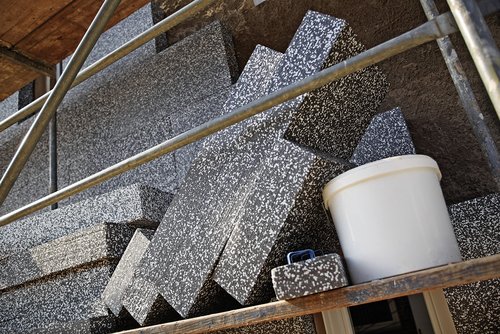Does Insulation Save Money?
Aside from the use of renewable energy, the energy modernisation of buildings is the centrepiece of the energy turnaround and national climate protection policies. For several years now, an intense debate is taking place in the media about the consequences of energy renovations in buildings. The German Federal Ministry for Research commissioned bifa and the LMU Munich study more than 50 households in Ulm before and after energy renovation.
The data for households in Ulm show considerable differences in energy usage, dependent on the location and size of the living space, the number of household members, and the heating requirements of the residents. Furthermore, discrepancies exist between the calculated heat requirements and the actually used energy. Commonly used renovation concepts calculate the energy demand before the renovation based on a defined 'standard user' who heats all rooms to a certain temperature (usually 19 °C). On average, the actually used energy in the form of heat is 30 % lower than the calculated demand. This makes it impossible to achieve the expected savings. People cannot save what they do not use.
This has various consequences for households. If residents spend a large portion of their budget for heating costs, they will pay less after the renovation. The same does not apply for households spending a small amount of their budget on heating costs. They will pay more after the renovation. For the latter group, a fixed expense in the form of increased rent replaces variable heating costs. These findings suggest giving more emphasis to actual usage values when estimating the amortisation, CO2 decrease, and social consequences. Sometimes, it may therefore be sensible to spend little on innovation investments to achieve large energy savings while providing affordable living space where users are in fact able to save energy by adapting their behaviour.
![[Translate to Englisch:] Placeholder](/fileadmin/_processed_/f/4/csm_Header_Presse_d565a61df7.jpg)
